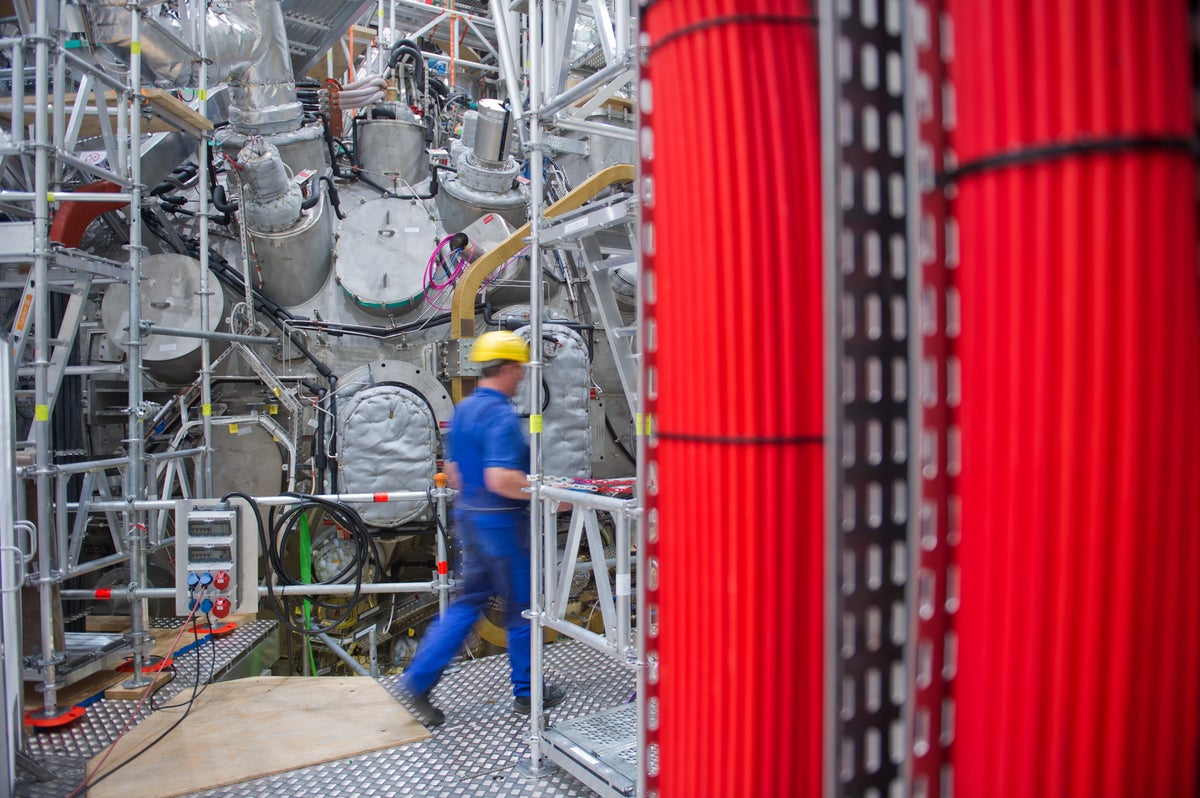
"A twisting ribbon of hydrogen gas, many times hotter than the surface of the sun, has given scientists a tentative glimpse of the future of controlled nuclear fusion, a so-far theoretical source of relatively clean and abundant energy that would be effectively fueled by seawater."
"The ribbon was a plasma inside Germany's Wendelstein 7-X, an advanced fusion reactor that set a record last May by magnetically bottling up the superheated plasma for a whopping 43 seconds—many times longer than the device had achieved before."
"British researchers reported that the Joint European Torus (JET) fusion reactor achieved containment times of up to 60 seconds in final experiments before its retirement in December 2023."
"According to a press release from the Max Planck Institute for Plasma Physics in Germany, unpublished data indicate that Wendelstein and JET reactors are joint leaders in the quest for high-temperature fusion operation."
Scientists have made significant advancements in controlled nuclear fusion, which promises clean and abundant energy. The Wendelstein 7-X fusion reactor in Germany achieved a record plasma containment time of 43 seconds, surpassing previous limits. Meanwhile, the Joint European Torus (JET) reactor in the UK managed even longer containment times of up to 60 seconds before its retirement. These achievements position both reactors as leaders in the pursuit of efficient and effective nuclear fusion, with potential timelines for practical implementation shortened to approximately 15 to 20 years.
Read at www.scientificamerican.com
Unable to calculate read time
Collection
[
|
...
]